| Location | Siem Reap, Cambodia |
| Dates | 2007-8 |
| End User | 9000 residents in the Balang Commune |
| Implementing Partner | Human Translation |
| Project Manager | Tobias Rose-Stockwell |
| Engineering | Engineers Without Borders-USA New York Professional Chapter |
| Design Team | Matthew Bussman, William Cao, Jason Chan, Bryse Gaboury, Maria Jarnia, Jessica Miller, Tim Weiss, Ryan Woodward |
| General Contractor | Kong Chanda, BQC Construction |
| Additional Consultants | Steve Forbes, Sukh Gurung |
| Funder | Private donors |
| Cost | $260 000 USD |
| Length of Dam | 20 m/65 ft |
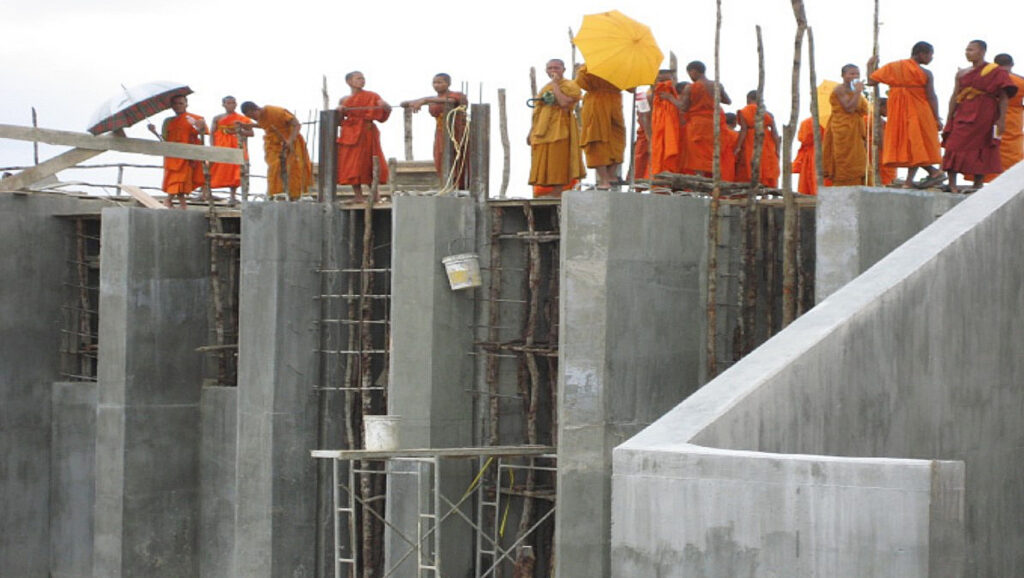
Monks stand atop Trau Kod Dam during construction. Photo: Bouny Te
Water shapes a community. In many cases it defines it. The Trau Kod Dam at the Balang Commune reservoir is no different. It was first built in the Angkor Period and has had a long and storied history.
In the ‘70s it entered a very dark period. Thousands of Cambodians were put to work by the Khmer Rouge to expand the dam as part of an agricultural reform movement. Then in the ‘80s and ‘90s this land became one of the last battlegrounds in the final days of the reign of the Khmer Rouge. The embankment was destroyed and land mines scattered the area. From 1998 the reservoir was unusable.
In 2004, Tobias Rose-Stockwell, then a 24-year-old traveller, arrived in Balang on the back of a motorbike with friend Tracey Rolls. They were greeted by community leaders and local monks who shared the story of the Dam and the plight of nearly 9000 people suffering from malnutrition as farmers, left with dry reservoirs and canals, could only yield one rice crop a year. Rose-Stockwell, naive to the journey ahead, committed to help restore this century-old local resource. Thus was the birth of Human Translation, the community focused development organization that saw the project through.
When he learned of the land mines, Rose-Stockwell convinced the Cambodian Mine Action Center to clear the land. Then he enlisted Engineers Without Borders-New York to help engineer and project manage the construction. EWB-USA member Steve Forbes came to see the project and Rose-Stockwell recalls him exclaiming ‘I don’t think you realize how big this is, Tobias. It’s big,’ This would be the organizations biggest dam project to date.
The project consisted of building a water gate as well as repairing and strengthening the earthen embankment, which expanded the reservoir. There was a 20-meter (65-ft) gap in the earthen embankment. The broad concrete water gate is closed during the monsoon season to capture water in the 50-hectare (123-acre) reservoir and is raised during the dry season to irrigate rice fields.
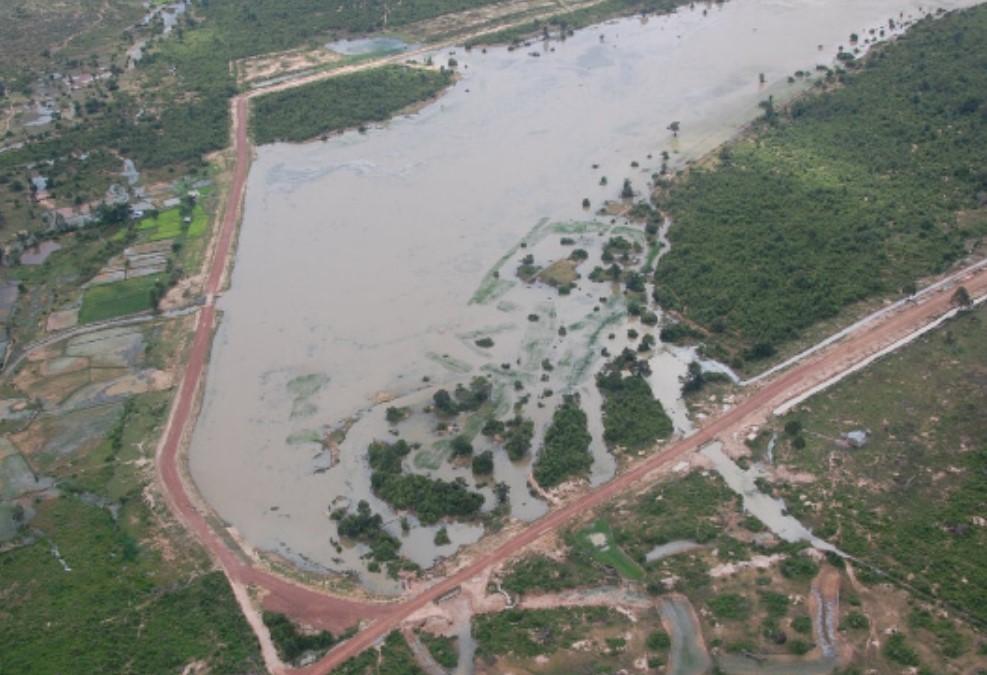
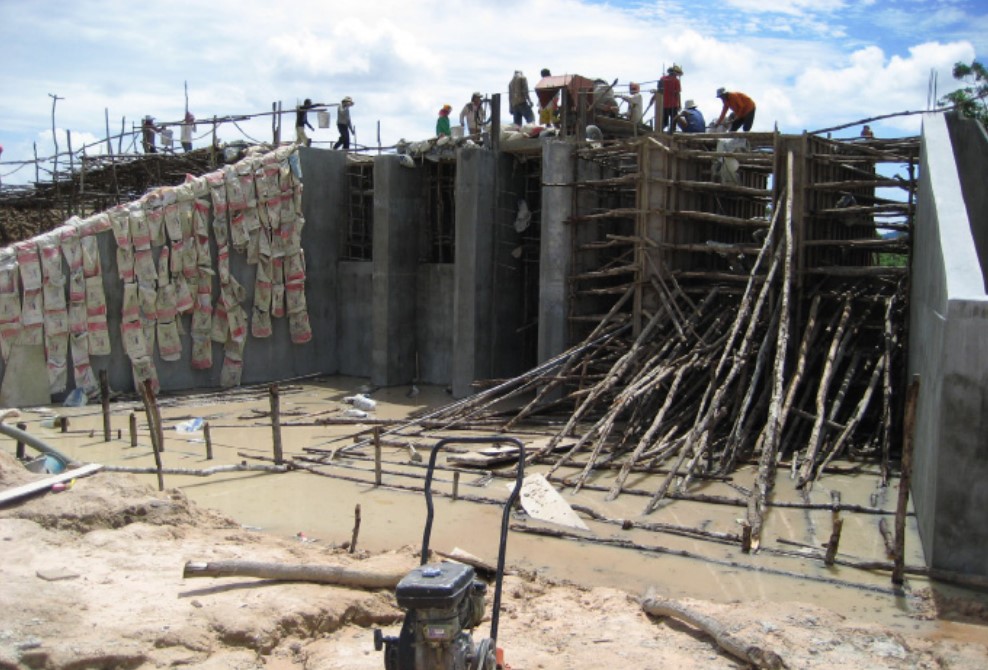
Aerial shot of the completed Trau Kod Dam. Photo: Human Translation
Watergate dam under construction. Photo: Bouny Te
Bryse Gaboury, Matt Bussman and Maria Jarina from Engineers Without Borders worked on the embankment reconstruction and hired BQC Construction to over see the construction of the dam. On a local level, Human Translation hired translators and engineering coordinator Ong Chanda to train and work with 200 community members for the construction and repair of the reservoir and water gate.
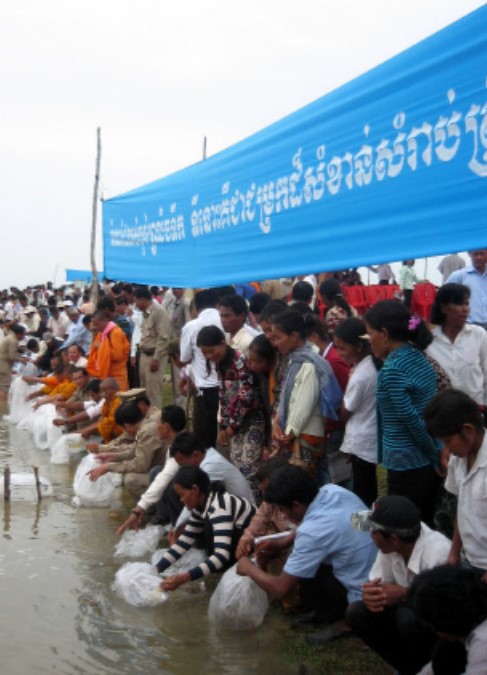
Several hundred fish being released into the reservoir. Photo: Bryse Gaboury/Engineers without Borders – New York
Four years into the project and realizing this was a huge under taking Rose-Stockwell went to try to raise additional funds back home. Like many project ambassadors he had spent countless months applying for grants and funding, scraping together around $30 000. At an auction in Northern California, the rest of the funds needed, $90 000, was raised in three minutes after a furious round of bidding. The project jolted into overdrive and soon the dam was complete.
The ecosystem of change created ripples way beyond the local community. Dormant canals came to life, public health initiatives were launched, school building began and sustainable rice production was suddenly feasible. Bryse Gaboury summed up the secondary benefits “The innovation was not in the design; the innovation was how this dam changed people’s lives.”
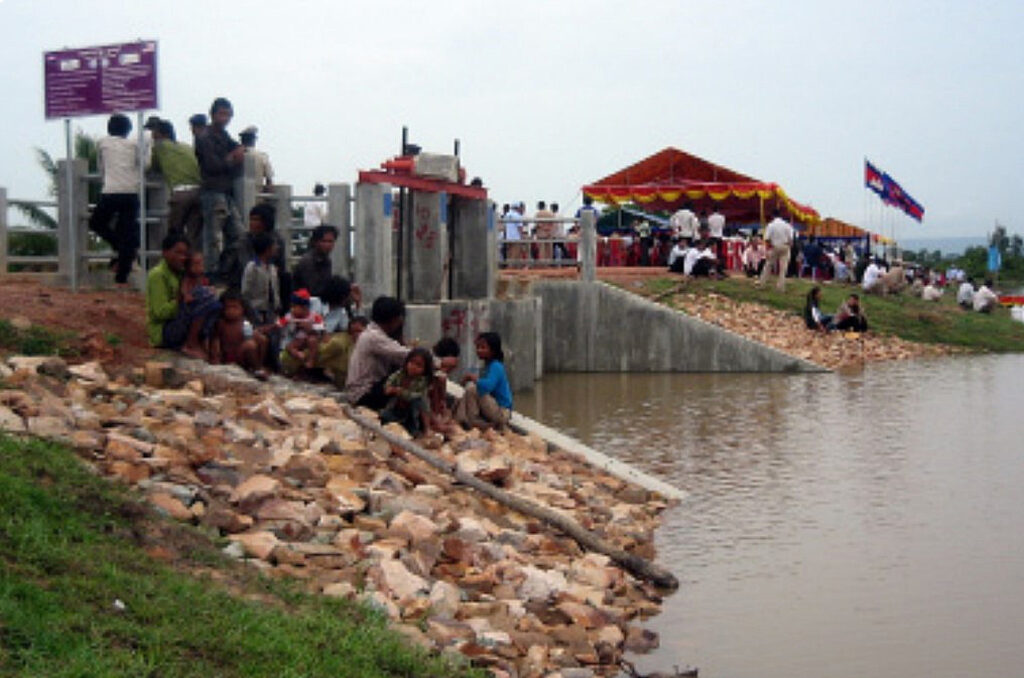
A ceremony by the Ministry of Agriculture, Forestry and Fisheries to reintroduce fish into the reservoir. Photo: Bryse Gaboury/Engineers without Borders-New York
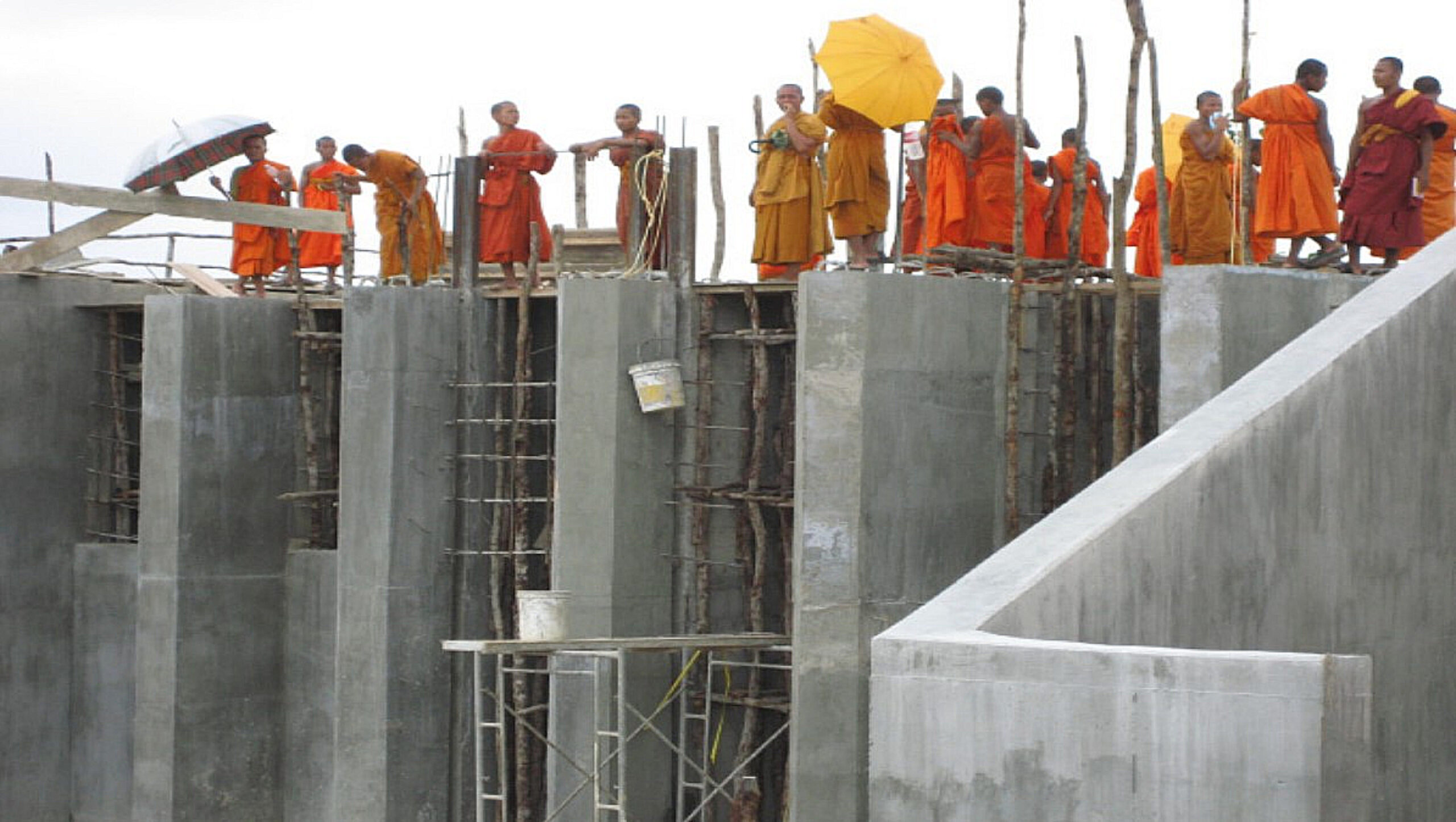















READ OR LEAVE A COMMENT